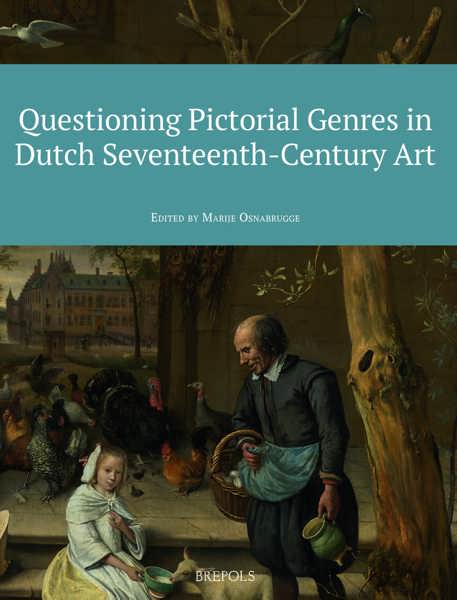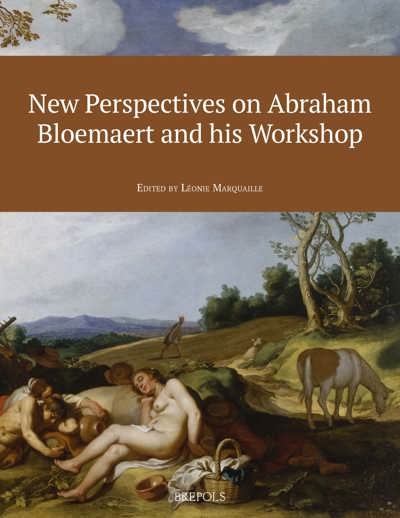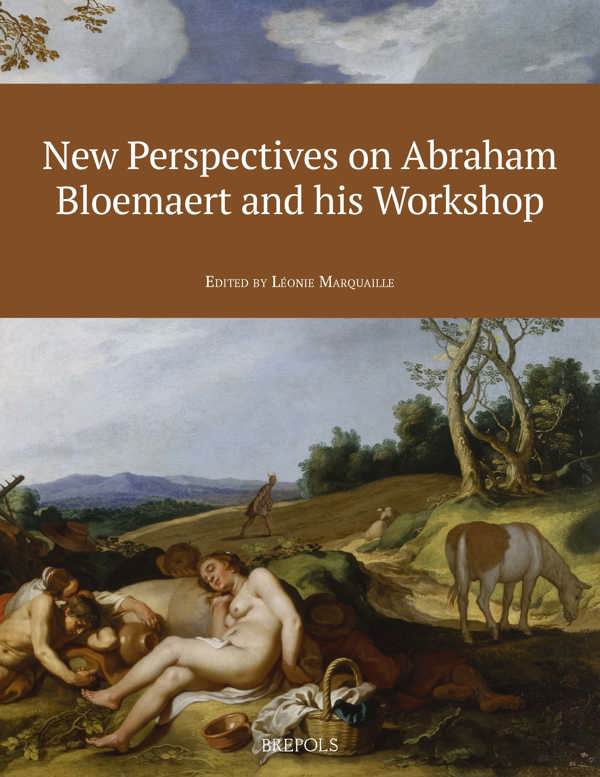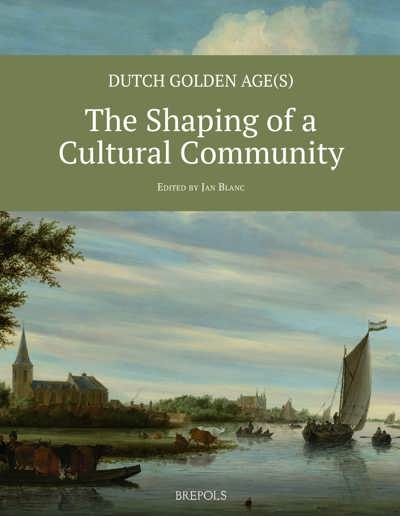
New Perspectives on Abraham Bloemaert and his Workshop
Léonie Marquaille (ed)
- Pages: 291 p.
- Size:216 x 280 mm
- Illustrations:115 b/w, 25 col.
- Language(s):English
- Publication Year:2022
- € 100,00 EXCL. VAT RETAIL PRICE
- ISBN: 978-2-503-59801-7
- Paperback
- Available
Léonie Marquaille is a lecturer in modern art history at the University of Lausanne. She defended her thesis in 2015 (University of Paris Nanterre and University of Geneva) entitled Peindre pour les milieux catholiques dans les Pays-Bas du Nord au XVIIe siècle (Painting for Catholic circles in the Northern Netherlands in the 17th century), which was published by the Presses universitaires de Rennes in 2019. A specialist in Dutch art, she is interested in the relationship between art and confession in the age of the Counter-Reformation.
The essays collected in this volume are devoted to the Utrecht painter Abraham Bloemaert. The artist has received considerable scholarly attention following the publication of the catalogue raisonné of his paintings and, more recently, of his drawings, particularly in connection with the major exhibition The Bloemaert Effect (2012, Utrecht & Schwerin). This publication examines Abraham Bloemaert as a universal artist while it also aims to better understand his contribution towards the development of new iconographic themes. The choice and execution of specific subjects are considered in light of the local religious context, among others. In order to offer new perspectives and stimulate further research, the volume carefully examines the role of his workshop and the various artistic practices – painting, engraving, and drawing – in which its members engaged under Bloemaert’s supervision. A key question ties together the multifaceted approaches presented here: should Bloemaert be considered as the ‘father of the Utrecht school’ and the founder of a dynasty of artists?
Preface — Léonie Marquaille
Abraham Bloemaert as a Universal Painter
Between Fable and Nature: Abraham Bloemaert in Dutch Seventeenth-Century Art Theory — Jan Blanc
The Tree and the Farmhouse: Bloemaert, Van Mander and the Birth of Dutch Landscape Painting — Boudewijn Bakker
Candlelight, Devotional Meditation, and Artistic Process in Abraham Bloemaert’s Supper at Emmaus — Natasha Seaman
‘Niet te verladen’: The Manner and Meaning of Abraham Bloemaert and Boëtius à Bolswert’s Sylva anachoretica of 1619 — Walter S. Melion
Abraham Bloemaert’s Workshop and Legacy
Abraham Bloemaert: Artistic Strategy and Workshop Production — Gero Seelig
Printmaking in Bloemaert’s Workshop in Utrecht. Reconsidering Abraham’s Collaboration with his Sons: Cornelis II and Frederick — Léonie Marquaille
Cornelis Bloemaert II: Rethinking his Role as Reproductive Engraver — Erin Downey
Late Bloomers: Nicolaes Knüpfer, Jan Baptist Weenix, Jan Both and the Utrecht Workshop of Abraham Bloemaert — Elizabeth Nogrady
‘Son goût de dessein tenoit toujours du pays’: Abraham Bloemaert’s Graphic Legacy in Eighteenth-Century France — J. Cabelle Ahn
On Attribution
Attributing the Adoration of the Shepherds in Antibes Cathedral. A Painting by Abraham Bloemaert’s Workshop or his Son Hendrick? — Olivier Zeder
Bibliography
Index of Names


